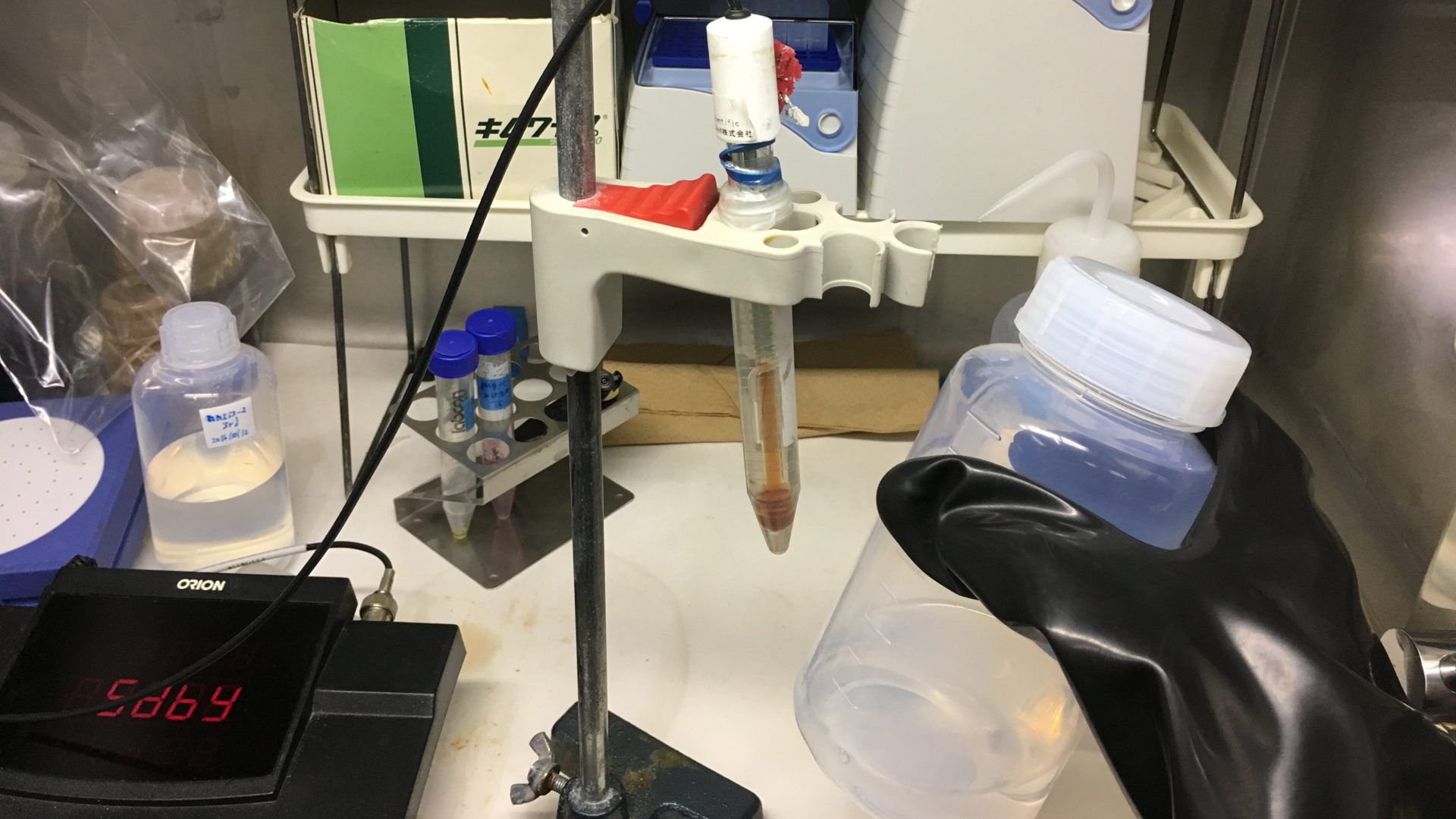Origin of Dissolved Organic Matter in Deep Groundwater of Marine Deposits and Its Implication for Metal Binding
Background and Purpose: Main Findings: Environmental Implications: Saito, T., Nishi, S., Amano, Y., Beppu, H., Miyakawa, K., “Origin of dissolved organic matters in deep groundwater of marine deposits and its implication for metal binding”, ES&T Water, 3, 4103-4112 (2023).
